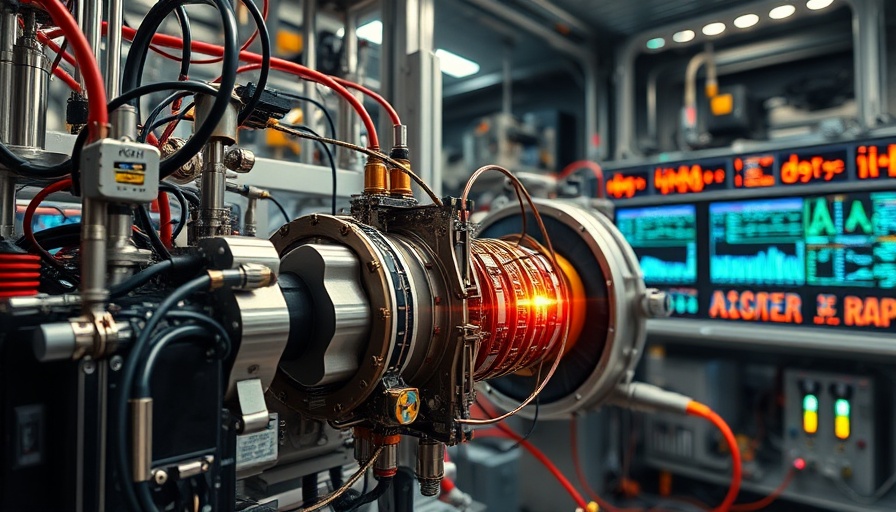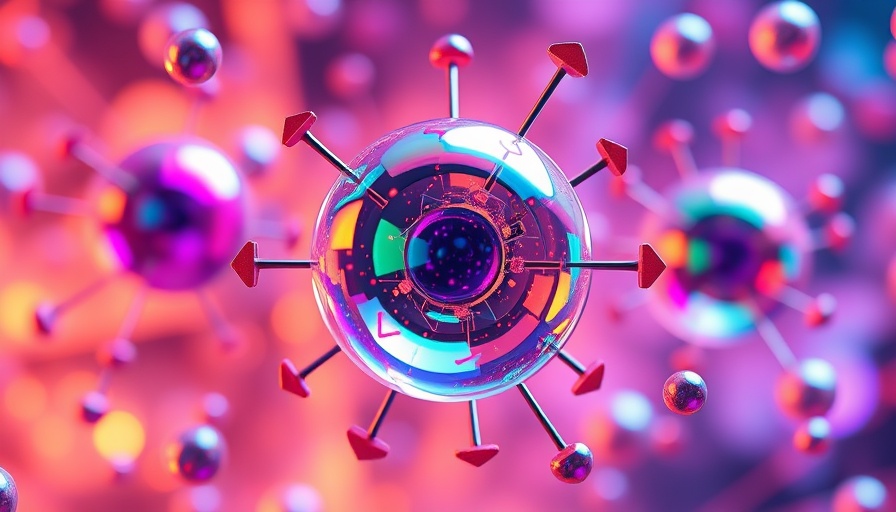
Understanding High-Energy Particle Detection Landscapes
Researchers at the U.S. Department of Energy's Argonne National Laboratory have recently made a monumental leap in high-energy particle detection by creatively adapting superconducting nanowire photon detectors (SNSPDs) for use with protons. Traditional particle detectors often suffer from limitations in sensitivity and precision, making groundbreaking experiments less accessible. However, this new application of SNSPDs, originally designed for observing photons, hints at a bright future for advancements in particle physics.
The Breakthrough: SNSPDs in Particle Physics
During testing at Fermilab, the team discovered that SNSPDs, already recognized for their abilities to detect individual photons with high precision, could also serve effectively in detecting high-energy protons. This critical revelation positions SNSPDs at the forefront of research, enhancing our understanding of fundamental particles that define the universe. By precisely controlling the wire sizes—optimal widths around 250 nanometers—the team achieved heightened detection efficiency, an essential quality for rigorous scientific needs.
Implications for Quantum Technologies and Research
This groundbreaking advancement aligns with ongoing developments in quantum computing, revealing potential applications beyond particle detectors. As quantum technologies thrive on precision and efficiency, the adaptation of these technologies opens pathways for innovations in quantum cryptography and advanced optical sensing. As physicist Whitney Armstrong highlighted, “This was a first-of-its-kind use of the technology,” indicating not only the success of the current experiment but also framing it as a stepping stone toward future technological integrations.
Future Predictions: A New Era for Particle Accelerators
The exciting capabilities of SNSPDs could make them indispensable in the upcoming Electron-Ion Collider (EIC) project at Brookhaven National Laboratory. This cutting-edge accelerator aims to probe the internal structure of protons and neutrons, where reliable particle detection becomes critical. As SNSPDs demonstrate their merit, the possibilities for enhanced research in nuclear and particle physics continue to expand, offering deeper insights into the universe's building blocks.
Engaging the Next Generation of Physicists
As advancements in particle detection unfold, they set the stage for inspiring a new generation of scientists. Understanding how particles interact at high energies is pivotal, not just for theoretical physics but also for practical technologies that impact our everyday lives. This work at Argonne National Laboratory exemplifies how innovation can pave the way for future scientific exploration, creating engaging opportunities for students and researchers.
 Add Row
Add Row  Add
Add 




Write A Comment